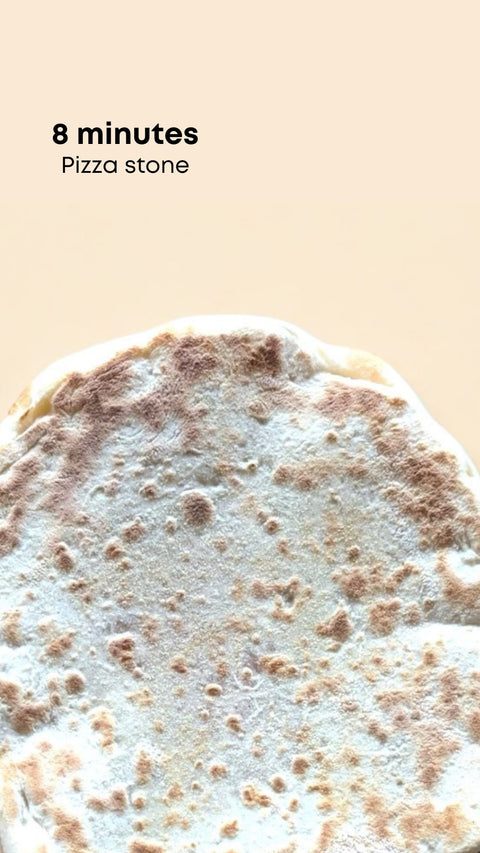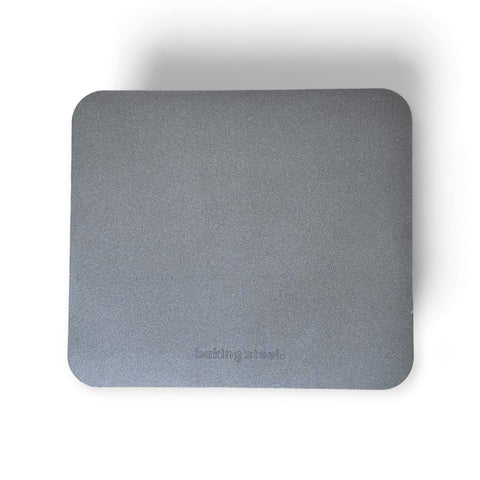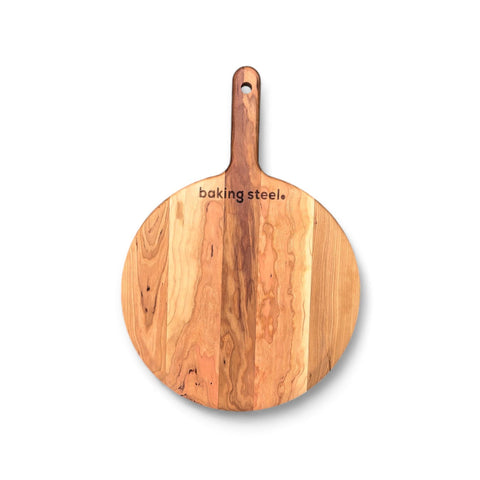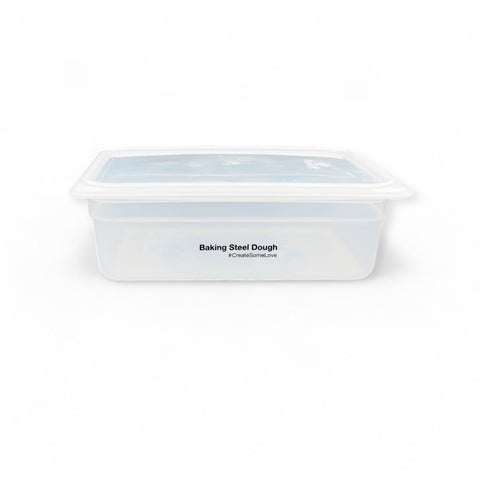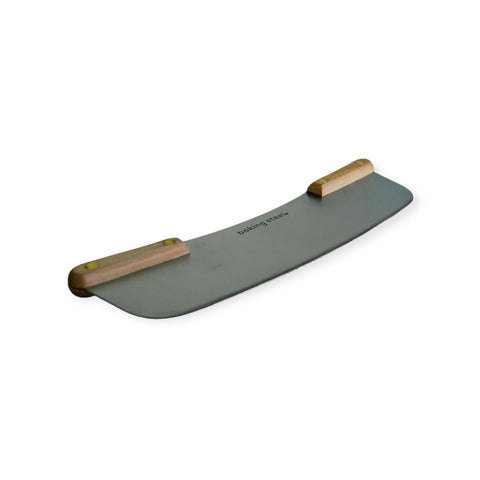let’s talk pie bottoms. because if you bake pies long enough, you eventually meet the enemy: the soft, pale, slightly damp underside that ruins an otherwise beautiful pie. you can nail the filling, the top can be glossy and golden, your kitchen can smell like you just opened a bakery… and then you cut that first slice and the bottom is, well, sad.
i’ve been there. you’re not doing anything “wrong.” this is a classic home-oven problem. pies leak moisture. butter melts. fruit dumps juice. steam builds. and if the bottom crust doesn’t set fast enough, all that moisture sneaks into the dough. once it’s in there, it’s game over. you don’t get crisp. you get “good.” and pie deserves better than “good.”

here’s what’s happening in a normal bake. the top of your pie is getting hit with hot air and radiant heat, so it browns pretty quickly. the bottom, though, is relying on whatever pan you’re using to absorb heat and pass it along. glass and ceramic are slow. thin aluminum loses heat quickly. and ovens cycle on and off, so bottom heat is inconsistent. the filling is basically cooking faster than the crust can defend itself.
that’s the soggy-bottom equation: moisture arrives before the bottom crust has a chance to set.
now enter steel. i designed the baking steel for pizza, but it turns out pies love it just as much. steel is a heat battery. it absorbs a huge amount of energy during preheat and then gives it up fast when something cold (like a pie dish) touches it. so when your pie goes onto a fully preheated steel, the bottom crust gets an immediate blast of conductive heat. not a gentle warming. a real hit.
that early heat matters more than anything. it sets the bottom crust quickly, drives off moisture, and jump-starts browning. the butter in the crust steams and lifts layers instead of melting into a soggy paste. the underside caramelizes before juices have time to soak in. you end up with that crisp, flaky, confident base that makes you want to eat the corner pieces first.

the best part? you don’t need a new recipe. you don’t need to par-bake. you don’t need a special pan. you’re just upgrading the environment your pie bakes in.
here’s the simple method i use: preheat the baking steel on the middle rack for about 45–60 minutes at your baking temp (usually 500°f for the preheat, then bake as your recipe says). when you’re ready, set your pie dish directly on the steel and bake normally. that’s it. check a little earlier than usual the first time, because steel can shorten bake time by a few minutes. once you learn your oven, it’s automatic.
this works for fruit pies, custard pies, galettes, hand pies, even frozen pies. anything where “crisp bottom” is the goal and moisture is trying to wreck your day. steel gives you a head start, and in pie land, the head start is everything.
if you already have a baking steel, try your next pie on it. if you don’t, and soggy bottoms have been your long-running nemesis, this is a pretty sweet fix. you can peek at the steels right here — low key, no pressure.
either way, i want your next pie to have a bottom crust you’re genuinely proud of. because when the bottom is crisp, the whole pie feels like it leveled up.
faq: crisp pie bottoms & baking steel
why do pie bottoms get soggy in the first place?
because moisture always wins when the bottom crust heats too slowly. fruit juices, butter melt-off, and steam all rush downward, and if the crust hasn’t set early, they soak right in. home ovens aren’t great at delivering strong bottom heat, so the crust never gets that early head start.
do i need a special pan for this?
nope. glass, ceramic, metal they all benefit from sitting on a preheated Baking Steel. the steel is doing the heavy lifting. your current pie plate is totally fine.
should i preheat the steel longer for pies?
i always go 45–60 minutes. think of it like charging a battery. the steel needs time to soak up heat so it can deliver
Need a pie crust recipe? try ours here; easy pie crust recipe

